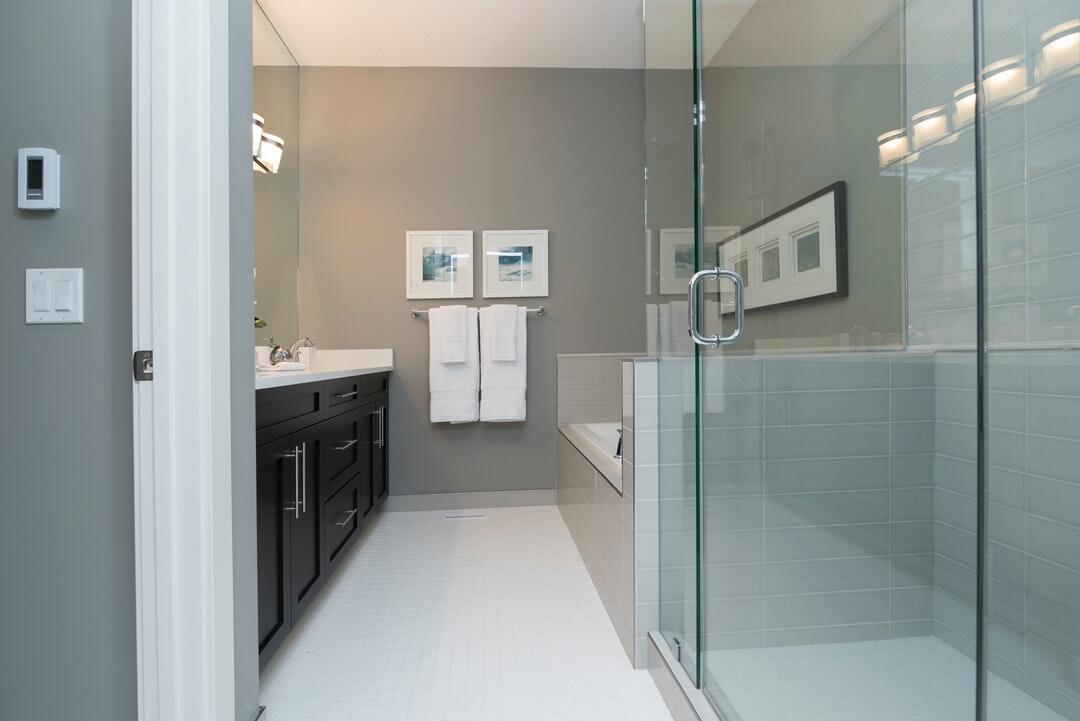
The Top 4 Plumbing Issues to Watch Out for in an Old Bathroom
Old bathrooms have a unique charm, often featuring vintage tiles and classic fixtures that tell a story of the past. Yet, beneath the beauty, they can have plumbing issues. If ignored, these issues can be a nuisance and cause major water damage.
This is true if you’re moving into a historic home or considering renovating your old bathroom. Knowing potential plumbing problems can save you time, money, and headaches. Here are the top four plumbing issues to watch out for in an old bathroom.
Read on to learn more.
1. Corroded Pipes
Over time, pipes, especially those made from metal, can corrode. This corrosion can lead to leaks, reduced water pressure, and, in severe cases, burst pipes. Corroded pipes occur in old bathrooms that have not been updated for decades.
Signs of corroded pipes include discolored water, leaks, and a noticeable drop in water pressure. It’s crucial to inspect the pipes and consider replacing old metal pipes with modern materials like PVC or PEX, which are more corrosion-resistant.
2. Outdated Fixtures
Vintage bathroom fixtures add character and charm, but they can also be sources of many plumbing issues. Old faucets, showerheads, and toilets use more water and are more prone to leaks and malfunctions.
Replacing old fixtures with modern, water-efficient models can cut water use. It also lowers the risk of leaks.
When choosing new fixtures, pick ones that complement your bathroom’s vintage style. This will keep its historic charm while adding modern function.
3. Poor Drainage
Slow or clogged drains are common complaints in older bathrooms. Over years of use, hair, soap scum, and other debris can accumulate in the pipes, reducing their diameter and impeding water flow. Tree roots can sometimes infiltrate outdoor plumbing lines, exacerbating the problem.
Start with a plunger or a plumber’s snake to tackle poor drainage. For more stubborn clogs, a professional plumber may be necessary to assess the situation and clean the pipes. Regular maintenance, including using drain strainers and avoiding flushing hair and other clog-prone materials down the drain, can help prevent future blockages.
4. Inefficient Water Use
Old bathrooms are not known for their water efficiency. Toilets, in particular, can be significant water wasters, with older models using as much as 6 gallons per flush compared to modern toilets that use less than 1.6 gallons. Upgrading to a high-efficiency toilet can reduce water consumption and lower utility bills.
Installing low-flow faucets and showerheads can conserve water without compromising performance. These updates not only make your bathroom more but can also enhance its functionality and appearance.
Exploring the Plumbing Issues to Watch Out for in an Old Bathroom
While an old bathroom can add significant charm and character to a home, they often have complex and costly plumbing issues. By being aware of potential problems and taking proactive steps to address them, homeowners can preserve the beauty and functionality of their vintage bathrooms.
Regular inspections, upgrading fixtures, and timely repairs are key to maintaining an old bathroom’s charm while ensuring it meets modern standards for comfort and efficiency.
For more helpful tips, check out the rest of our site today!








